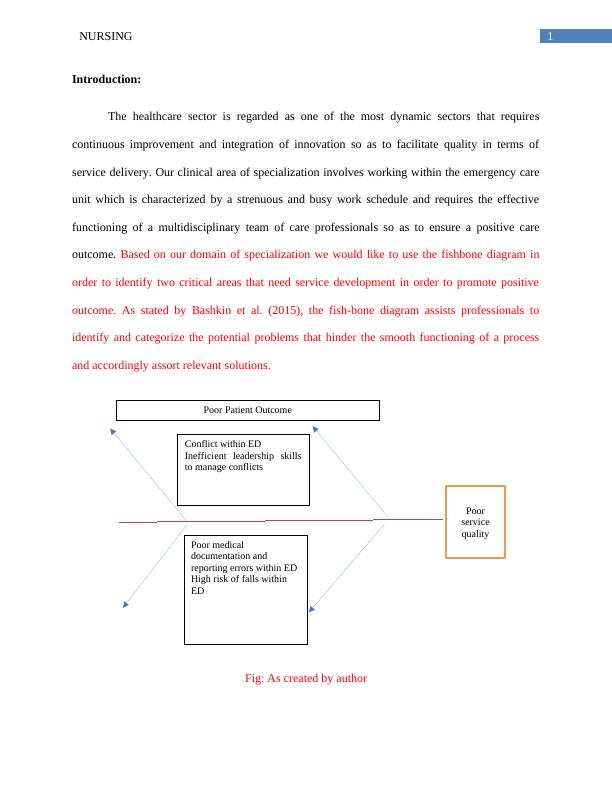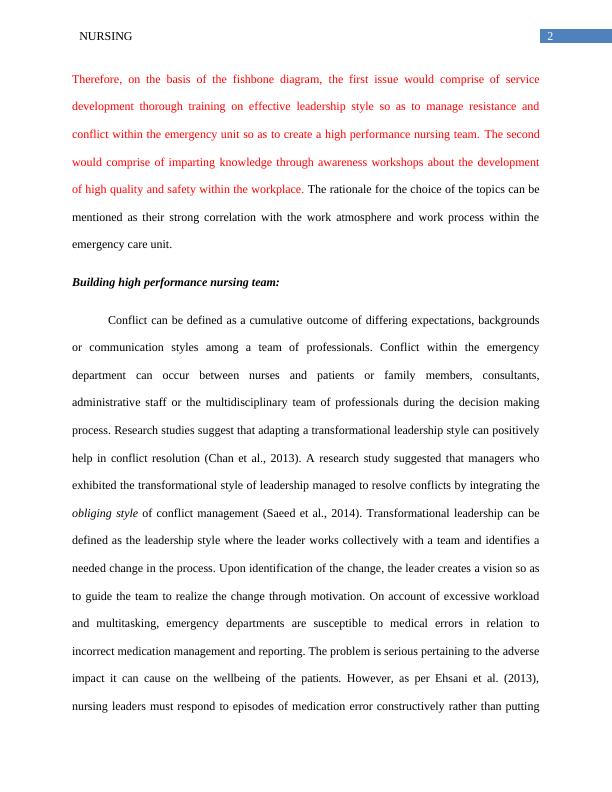Improving Leadership and Patient Safety in the Emergency Department
Added on 2023-03-21
9 Pages2260 Words34 Views
End of preview
Want to access all the pages? Upload your documents or become a member.
Different Leadership Styles are Important in Nursing
|9
|2193
|234
Leadership Styles in Nursing
|11
|3173
|45
Impact of Effective Leadership on Healthcare Quality and Interdisciplinary Collaboration in Health Care
|4
|888
|500
Importance of Nursing Leadership in Improving Patient Care
|9
|2606
|69
Clinical Leadership in Nursing
|9
|2738
|70
Clinical Leadership to Develop Nursing Practice
|15
|3677
|422



